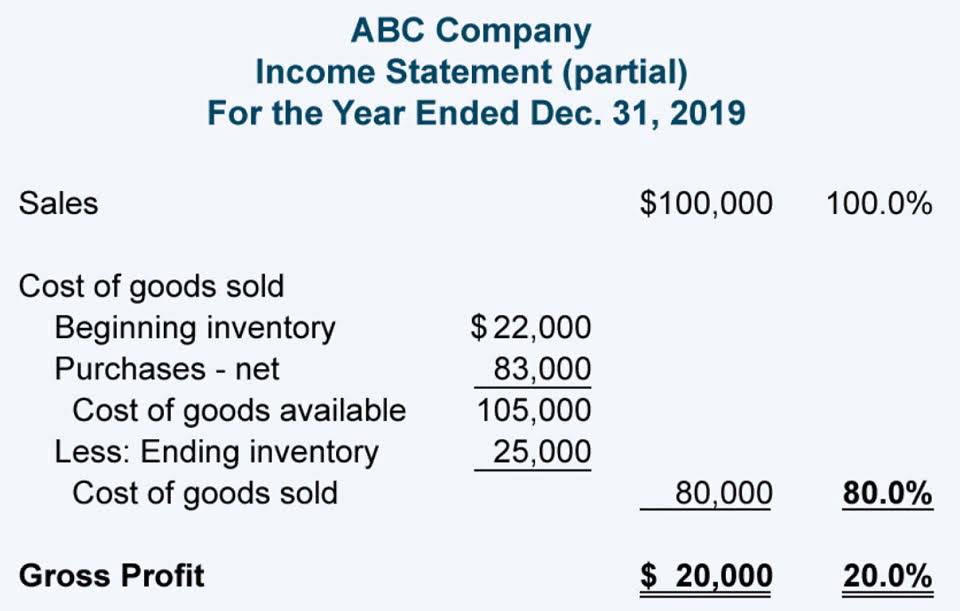
Closing entries are journal entries you make at the end of an accounting cycle that movie temporary account balances to permanent entries on your company’s balance sheet. In some cases, accounting software might automatically handle the transfer of balances to an income summary account, once the user closes the accounting period. The entries take place “behind the scenes,” often with no income summary account showing in the chart of accounts or other transaction records. The end result is equally accurate, with temporary accounts closed to the retained earnings account for presentation in the company’s balance sheet. Now that the journal entries are prepared and posted, you are almost ready to start next year. Remember, modern computerized accounting systems go through this process in preparing financial statements, but the system does not actually create or post journal entries.

As a result of the previous entry, you would credit the Income Summary account for USD 13,800. Closing the books is important to maintain accurate financial records, comply with regulations, assess performance, facilitate decision-making, and provide reliable financial information to stakeholders. There is a lot that goes into running a small business, and being a small business owner r… Retained earnings are those earnings not distributed to shareholders as dividends, but retained for further investment, often in advertising, sales, production, and equipment.
Best Practices in Closing the Books for Year-End
• Closing the Dividends account—transferring the balance of the Dividends account to the Retained Earnings account. • Closing the Income Summary account—transferring the balance of the Income Summary account to the Retained Earnings account. Sign up for a free, no-obligation trial to start exploring our timesaving, valuable resources. Accounting automation streamlines data collection, reconciliation, adjustments and report generation, significantly reducing book closing time from weeks to days. When you are growing a business, there are bound to be times when you need to invest money…
If the total debits and credits in your trial balance are the same, you’re ready to produce a balance sheet and income statement (also known as a “profit and loss report” or “P&L”). These reports can be generated automatically in your accounting software. They offer an overview of a business’s financial position at the end of the applicable accounting period, whether that’s the previous month or year. A post-closing trial balance is a trial balance taken after the closing entries have been posted. The only accounts that should be open are assets, liabilities, capital stock, and Retained Earnings accounts.
Step 3: Close Income Summary account
Because revenue accounts have credit balances, you must debit them for an amount equal to their balance to bring them to a zero balance. When you debit Service Revenue and Interest Revenue, credit Income Summary (Account No. 600). Enter the account numbers in the Posting Reference column when the journal entry has been posted the closing process is sometimes referred to as closing the books to the ledger. At the end of the year in the old paper-based accounting system, the journal would be put in a safe and a new journal started (often businesses had so many transactions they had multiple huge journals). Obviously, with our computer data storage systems, we just keep adding journal entries to our digital files.
- These items include accumulation (known as “accrual” in accounting) of real estate taxes or depreciation accrual, which need to be recorded to close the books.
- They offer an overview of a business’s financial position at the end of the applicable accounting period, whether that’s the previous month or year.
- It is an extensive process that may involve reviewing dozens of reports from QuickBooks (or another accounting software) and digging into anything that needs correcting.
- The post closing trial balance reveals the balance of accounts after the closing process, and consists of balance sheet accounts only.
- You can also learn such things as the states that have approved limited liability companies (LLCs) and limited liability partnerships (LLPs).
On a quartery and annual basis, financial statements are
created for outside stakeholders as well. A net loss would decrease owner’s capital, so we would do the opposite in this journal entry by debiting the capital account and crediting Income Summary. Sum your general ledger accounts again to take into account the adjusted entries from the last step, and then add them all together to make a new trial balance, making sure your debits and credits are again equal. Sum up the preliminary ending balances from the last step to make a trial balance.
Why Close the Books?
This makes it easier to do monthly tasks like bank reconciliation, sending sales tax reports to the state, paying your suppliers, and generating customer statements. Regularly closing your books will prevent unwanted changes from occurring to your accounting data after you generate important financial reports for your accountant or tax professional. In a partnership, separate entries are made to close each partner’s drawing account to his or her own capital account. If a corporation has more than one class of stock and uses dividend accounts to record dividend payments to investors, it usually uses a separate dividend account for each class.


